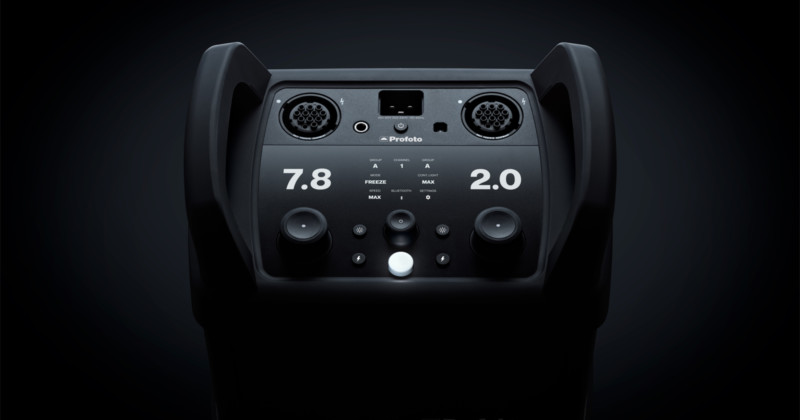
Profoto has updated its Pro-10 studio pack to the Pro-11 with a few under-the-hood upgrades like a new set of sounds, a new motherboard, and better short circuit protection, but the main new feature is support for AirX, the company’s Bluetooth sync tech that allows smartphones to use strobes.
The $16,665 asking price may seem high, but it’s not unusual for this kind of product. Very few of these packs — if any at all — are sold to individual photographers regardless of their skill level, which makes the price of the pack pretty irrelevant: studios managers/owners have historically spent this much on Profoto packs and made their money back in renting them to photographers who use their spaces.
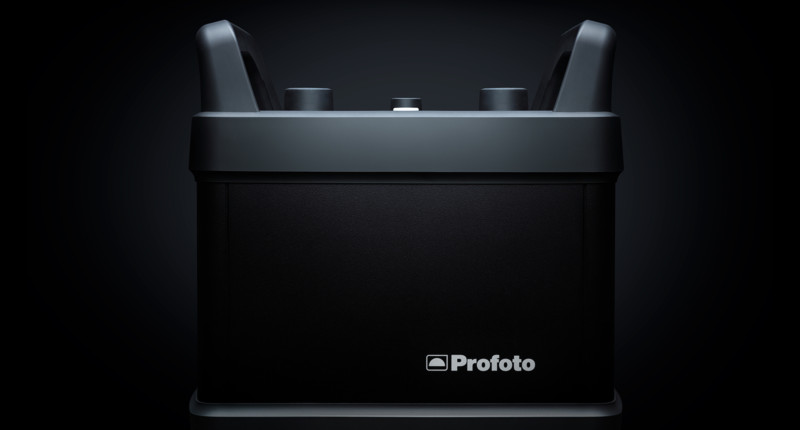
The Pro-11’s new features are mainly with regard to the AirX update: it adds wireless flash connectivity with smartphone cameras, allows firmware updates from smartphones, wireless remote control with mobile devices, and hardware-enabled for additional AirX functionality. As mentioned, there are some other updates like new audio queues, a new user interface, and a new design.
The Pro-11 does not appear to make any changes from the Pro-10 to the actual performance of the pack, however: it has the same maximum energy of 2400Ws, the same energy range, the same energy control increments, the same recycle time, and the same short flash duration are all here from the Pro-10. For studios who are looking to upgrade or expand inventory, the now cheaper Pro-10 feels like a better buy. The previous iterations of the Pro packs always had really strong improvements, so not seeing much of anything here in terms of power or performance is unusual.
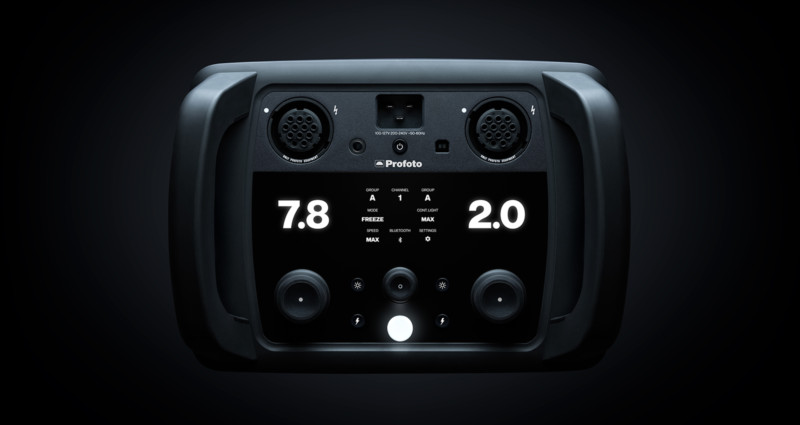
The Pro-10 packs, and the Pro-11 based on the target market as stated by Profoto on its website, are sold nearly exclusively to “high volume” studios. Those who rent these studio spaces spend thousands on daily gear rentals for multiple packs to power large productions where assistants are pretty common. That target market as stated is exactly why the new features added to the Pro-11 are a bit of a head-scratcher.
The idea that smartphones are needed to change power output on these packs is a bit of a stretch. The photo below is a particularly egregious example:
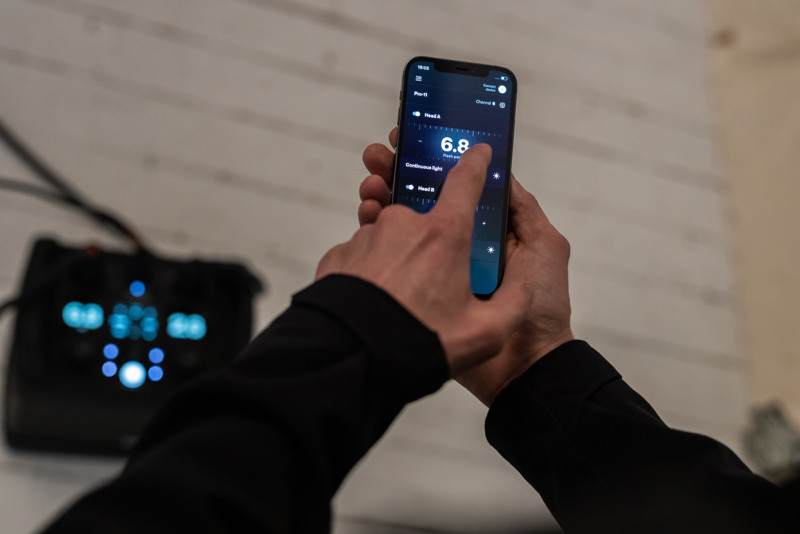
In a case where a photographer or assistant is that close to the pack, using mobile control is gratuitous. This other marketing photo included is more indicative of reality:
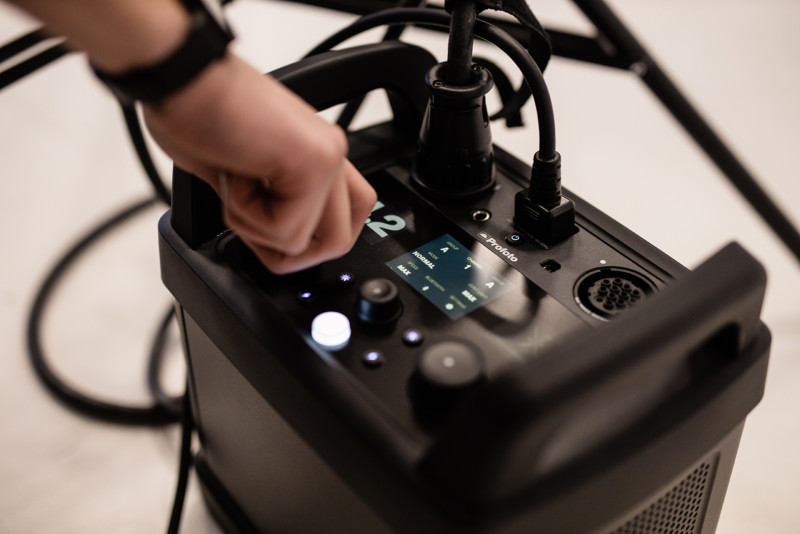
That said, there are some possible uses for that wireless functionality. If these packs are stored in the rafters of a space, the studio might want to set up a tablet to control them so that an assistant does not need to physically climb into the ceiling to change that power. This ability existed before using ProFoto transmitters, but a tablet might make this more visual and easier to use. Wireless firmware updates are also nice, since previous methods required physically connecting to the packs which is more time-consuming than initiating a mass update like you probably can now with mobile device support. Profoto hasn’t shown these as possible use cases in marketing, however. Maybe they just seem to boring or practical. But other than those examples, it’s incredibly likely that commercial studios and large-scale productions will largely ignore these new Bluetooth features.
Profoto has been adding AirX support to its devices over the past year, so seeing it in its top-of-the-line strobe pack get it isn’t that surprising. It’s just odd that very little else saw an appreciable update that photographers can see practical applications for, especially since the Pro-11 is nearly $1000 more expensive than the previous generation pack.